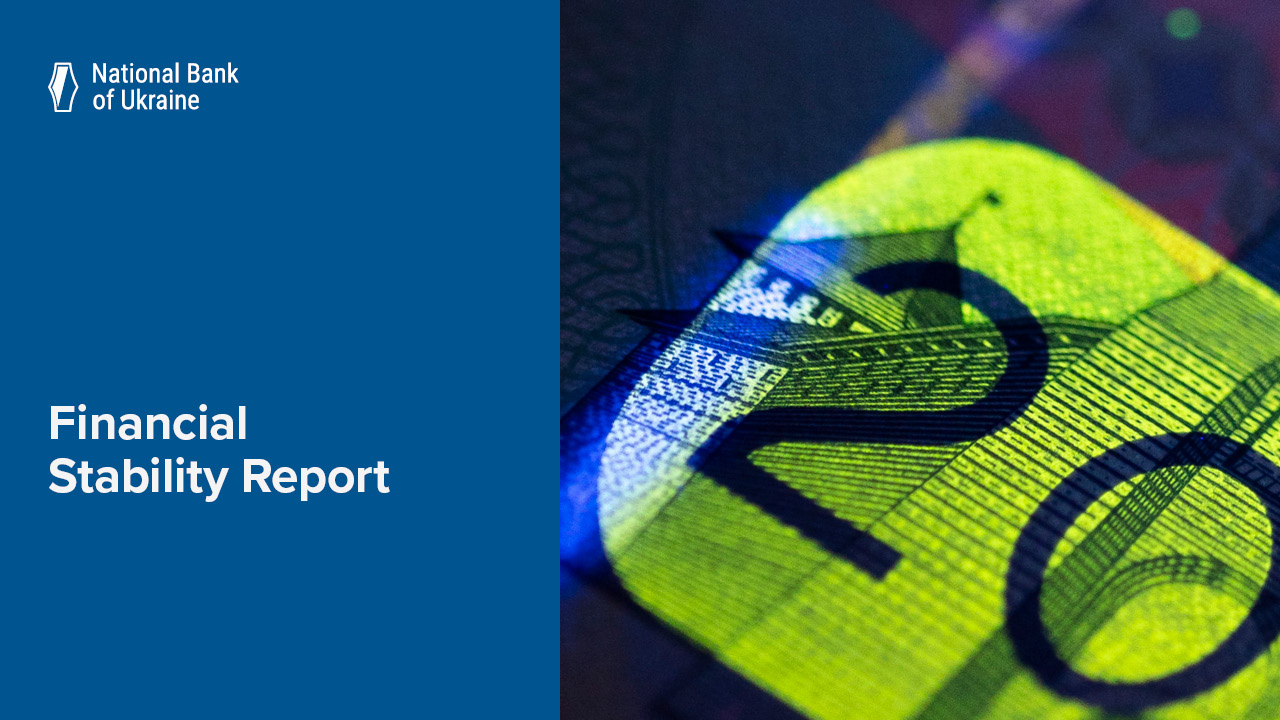In January 2022, consumer inflation was 10% yoy, flat from the previous month. In monthly terms, prices grew by 1.3%. This is according to data published by the State Statistics Service of Ukraine.
As expected, consumer inflation halted its decline, but was slightly lower than predicted by the forecast trajectory published in the January 2022 Inflation Report. The deviation from the forecast was primarily due to slower growth in the prices of services and nonfood products, and administered prices.
A new structure of the consumer basket for calculating the CPI was introduced in January, as planned, and the weights of all CPI components were updated. However, these changes did not affect the headline inflation rate, although they did have some disinflationary impact on the core CPI, by NBU calculations.
Core inflation decreased (to 7.6% yoy, down from 7.9% yoy in December 2021)
The rate of growth in processed food prices almost remained unchanged from the previous month (13.1% yoy). On the one hand, flour, dairy, and meat products became more expensive at a faster pace due to the persistence of high global prices for energy and raw materials. On the other hand, the growth in sunflower oil prices slowed further due to the fading out of the base effect and an ample supply of newly harvested sunflower kernels.
Services prices also rose at the same clip as in December (10.4% yoy). The rise in the prices of catering and hotel services, cinema and theater tickets, hairdresser services, dentist services, and cleaning services accelerated under pressure from production costs. In contrast, price increases for tourist services decelerated further. The changes to consumer basket structure also had a certain deterrent effect on price growth in this group of goods.
The growth in nonfood prices slowed markedly (to 0.1% yoy). In particular, the rise in prices for electronic devices and household appliances decelerated, while the decline in prices for clothing and footwear deepened. However, prices for furniture and home textiles grew faster as global lumber and cotton prices rose.
Growth in raw food prices accelerated sharply (to 13.6% yoy)
This development is attributable to the increase in businesses’ expenses on raw materials and energy. In particular, cereals became more expensive at a faster pace. Milk and meat prices rose, in part due to adverse conditions in livestock farming. Furthermore, the rise in prices for borshch vegetables accelerated rapidly because of a reduced supply and higher costs of storage. Greenhouse products grew in price. The fall in citrus prices slowed, while cucumber and tomato prices returned to growth.
However, eggs continued to become cheaper thanks to the gradual expansion of their supply, while sugar prices declined further owing to the high yield of sugar beets. Prices for apples remained significantly lower than last year due to the buffer harvest gathered in 2021.
Increases in administered prices slowed (to 11.5% yoy)
This was primarily due to the base effect amid fixed prices for most utilities, which will remain unchanged until the end of the heating season. Tobacco products rose in price more slowly because of the scaling up of their production in previous months. Meanwhile, prices for water supplies, natural gas distribution, and postal services increased, and the prices of transport services and alcoholic beverages rose as well.
Fuel price growth accelerated (to 26.8% yoy)
The main reasons for the rise in fuel prices in January were higher global oil prices and a weaker hryvnia. The introduction in May 2021 of government regulation of the fuel market, however, had a slightly restraining effect on price growth.
Inflation in January did not change from the previous month, but inflationary pressures remain significant, primarily due to the second-round effects from the growth in production costs and expensive energy. Inflation is restrained by the tightening of the NBU’s monetary policy, last year’s record harvests, and some administrative measures, including the decision to keep prices for most utilities fixed. Going forward, a gradual decline in global prices and the fading out of the low base effect will also contribute to slower inflation.







